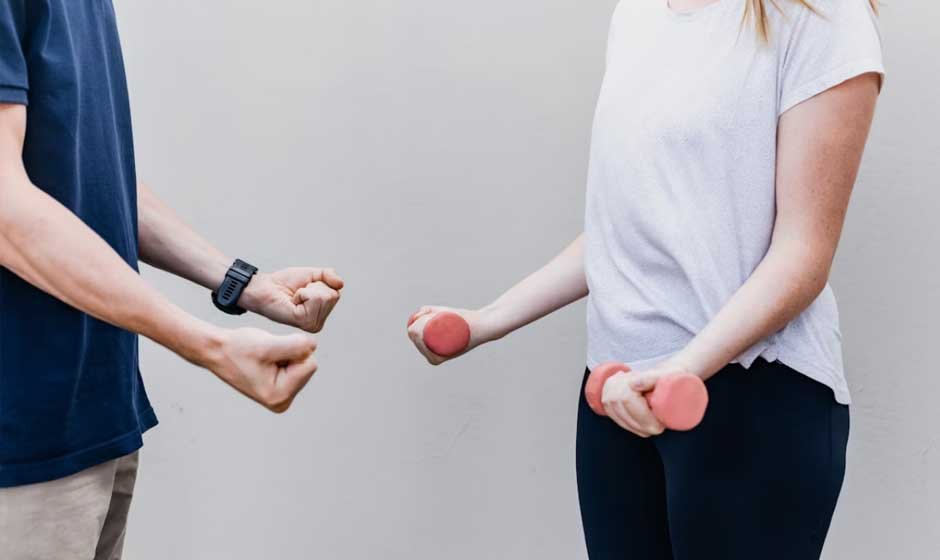Skip to the good bit
TogglePhysical therapy and orthopedic recovery have come a long way in recent years, with innovations shaping the way patients heal and return to their daily lives. For those seeking help at an Orthopedic Clinic, technology now plays a vital role in improving outcomes, reducing recovery times, and creating a more personalized experience. From digital tools to advanced medical equipment, these changes are transforming patient care and offering hope to individuals recovering from injuries, surgeries, or chronic musculoskeletal conditions.
The Rise of Telehealth in Physical Therapy
One of the most significant technological advancements is the rise of telehealth. Patients no longer need to travel to their therapist or specialist for every appointment. Instead, video consultations and virtual check-ins allow for real-time guidance, exercise demonstrations, and progress evaluations. This shift not only increases convenience but also ensures continuity of care, particularly for individuals with limited mobility or those residing in remote areas.
Telehealth also helps bridge gaps in healthcare by expanding access to specialists who might not be available locally. For patients in smaller towns or rural regions, the ability to connect with a top orthopedic expert virtually can make the difference between a slow recovery and a safe, efficient return to health. As the platforms become more sophisticated, features like motion tracking and digital exercise monitoring are being added, giving therapists the ability to provide feedback as if they were in the same room.
Wearable Devices and Real-Time Monitoring
Wearable devices have revolutionized how progress is measured in physical therapy and orthopedic recovery. These tools track movement, heart rate, range of motion, and even muscle activity, providing therapists with accurate data about a patient’s performance. Patients wearing smart sensors during exercises can receive instant feedback to adjust their movements, ensuring they are completing their rehabilitation routines correctly.
The benefits go beyond individual sessions. Wearable data can be shared directly with healthcare providers, allowing them to monitor recovery over time and make adjustments to treatment plans without waiting for the next in-person visit. This real-time monitoring also motivates patients, as they can see measurable improvements in their strength, flexibility, and endurance. For many, this tangible progress fosters consistency and commitment to the recovery process.
Robotics and Assisted Therapy
Robotics is another innovation making waves in orthopedic recovery. Robotic-assisted therapy machines are being used to help patients regain mobility after surgeries, strokes, or serious injuries. These machines provide controlled movements, which allow patients to rebuild strength in a safe and guided manner. By reducing the risk of re-injury, robotic therapy can shorten the timeline for recovery and provide a higher level of precision than manual methods alone.
In addition to assisting with repetitive motion exercises, robotic devices can help patients re-learn walking patterns, balance, and coordination. This technology has been particularly beneficial in cases of knee or hip replacements, where regaining mobility is critical. By using robotics in conjunction with traditional therapy, patients often experience faster improvements in their functional abilities.
Virtual Reality and Gamification of Recovery
Virtual reality (VR) has introduced a creative and engaging approach to physical therapy. Instead of relying on repetitive, sometimes monotonous exercises, patients can immerse themselves in virtual environments that make rehabilitation both interactive and enjoyable. For example, a patient recovering from a shoulder injury might “play” a VR game that requires reaching, stretching, or throwing motions that double as therapeutic exercises.
The gamification of recovery keeps patients motivated while also allowing therapists to track performance and progress. VR platforms often adjust difficulty levels based on the patient’s abilities, ensuring exercises remain challenging but not overwhelming. This adaptability makes virtual reality a promising tool for patients of all ages, from young athletes to older adults recovering from joint surgeries.
3D Printing and Personalized Treatment Tools
Another groundbreaking technology is the use of 3D printing in orthopedic recovery. Custom braces, supports, and prosthetics can now be designed and printed to fit a patient’s body perfectly. These tailored devices provide superior comfort, function, and support compared to traditional “one-size-fits-all” solutions.
In physical therapy, 3D-printed tools can also be used to design equipment specific to a patient’s recovery program. This customization ensures better adherence to therapy routines and reduces the risk of discomfort or injury caused by ill-fitting devices. As the technology becomes more widely available, patients will increasingly benefit from treatments tailored not just to their condition but to their individual anatomy.
Artificial Intelligence and Data-Driven Insights
Artificial intelligence (AI) is enhancing the way recovery plans are developed and monitored. By analyzing patient data, AI can identify patterns, predict potential complications, and recommend the most effective interventions. This allows therapists and orthopedic specialists to create personalized recovery plans based on evidence rather than guesswork.
AI is also being used in diagnostic tools, helping identify injuries earlier and with greater accuracy. Faster diagnosis means treatment can begin sooner, which ultimately leads to better recovery outcomes. With AI supporting decision-making, physical therapists and orthopedic doctors can combine their expertise with cutting-edge data insights to offer the highest standard of care.
Conclusion
The integration of technology into physical therapy and orthopedic recovery has opened new doors for patients and healthcare providers alike. From telehealth and wearable devices to robotics, VR, 3D printing, and AI, these innovations are transforming the way recovery is approached. Patients benefit from faster, safer, and more engaging treatment plans that adapt to their specific needs. As advancements continue, the role of technology will only grow, ensuring that future orthopedic care is more precise, personalized, and effective than ever before.







